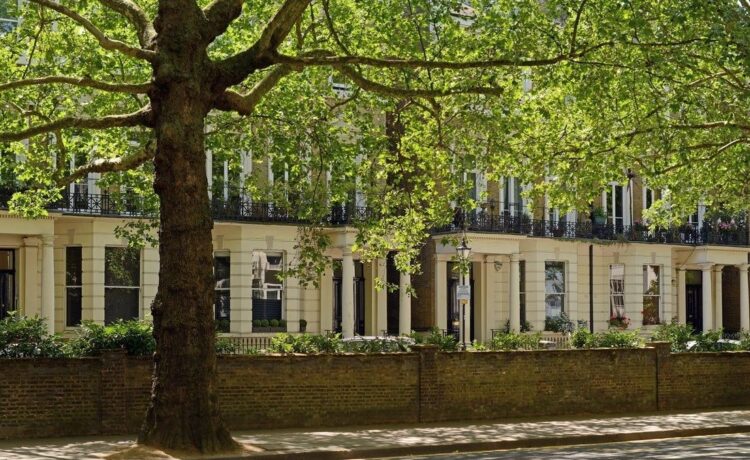In a year marked by soaring mortgage rates and cautious first-time buyers, the luxury property market in Holland Park, London, tells a different story. Despite general market downturns, high-end real estate transactions have flourished, with four major sales totaling £120 million, spotlighting the enduring allure of luxury investments amidst financial uncertainties.
High-End Deals in a Challenging Market
At a time when many are struggling to secure affordable mortgages, the upper echelon of the housing market seems unaffected. Former Santander MD Juan Ball and Indian healthcare mogul Shamsheer Vayalil Parambath are among the notable figures who have capitalized on this exclusive market, acquiring properties for £24 million and £31 million, respectively. These transactions, along with two others involving properties owned by entities in offshore tax havens, underscore the unique dynamics at play in luxury real estate, where market forces impacting the average buyer seem to hold less sway.
Architectural Redevelopment and International Interest
The acquisition of these opulent homes isn’t just a matter of changing hands; it signifies a deeper investment in the fabric of Holland Park’s architectural heritage. Juan Ball’s partnership with Christopher Bodker, an architect renowned for his work with affluent clients, hints at ambitious redevelopment plans that could further transform the area’s luxury landscape. Meanwhile, the international origins of buyers like Shamsheer Vayalil Parambath reflect London’s continued appeal as a global hub for high-net-worth individuals seeking both luxury and legacy in their property investments.
Policy Implications and Future Prospects
The concentration of such considerable wealth in a handful of transactions not only highlights the disparities within the housing market but also raises questions about the future of property taxation and inheritance. Rumors of Chancellor Jeremy Hunt’s interest in revising inheritance tax policies could have significant implications for the luxury market, potentially making it even more attractive for wealthy families to invest in and pass down these high-value properties. As the market evolves, these policy considerations will play a crucial role in shaping the landscape of luxury real estate in the UK.
The stark contrast between the struggles faced by the average UK homebuyer and the flourishing luxury market in Holland Park is a vivid illustration of the broader economic and social dynamics at play. While the majority grapple with uncertain mortgage rates and the dream of homeownership seems ever more elusive, the elite continue to operate in a seemingly parallel financial universe. This dichotomy not only underscores the resilience of the luxury market but also poses critical questions about equity, policy, and the future of urban development in London’s most prestigious neighborhoods.

















